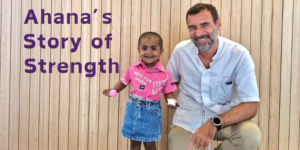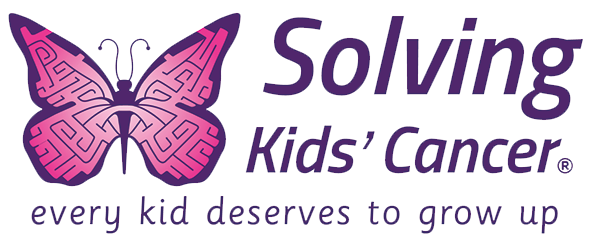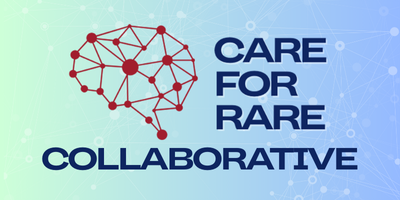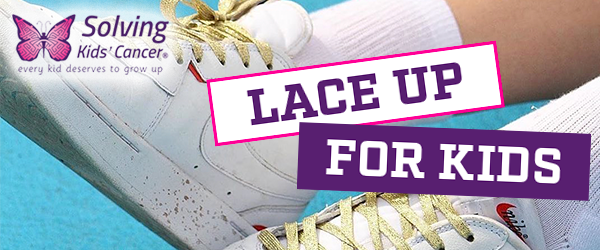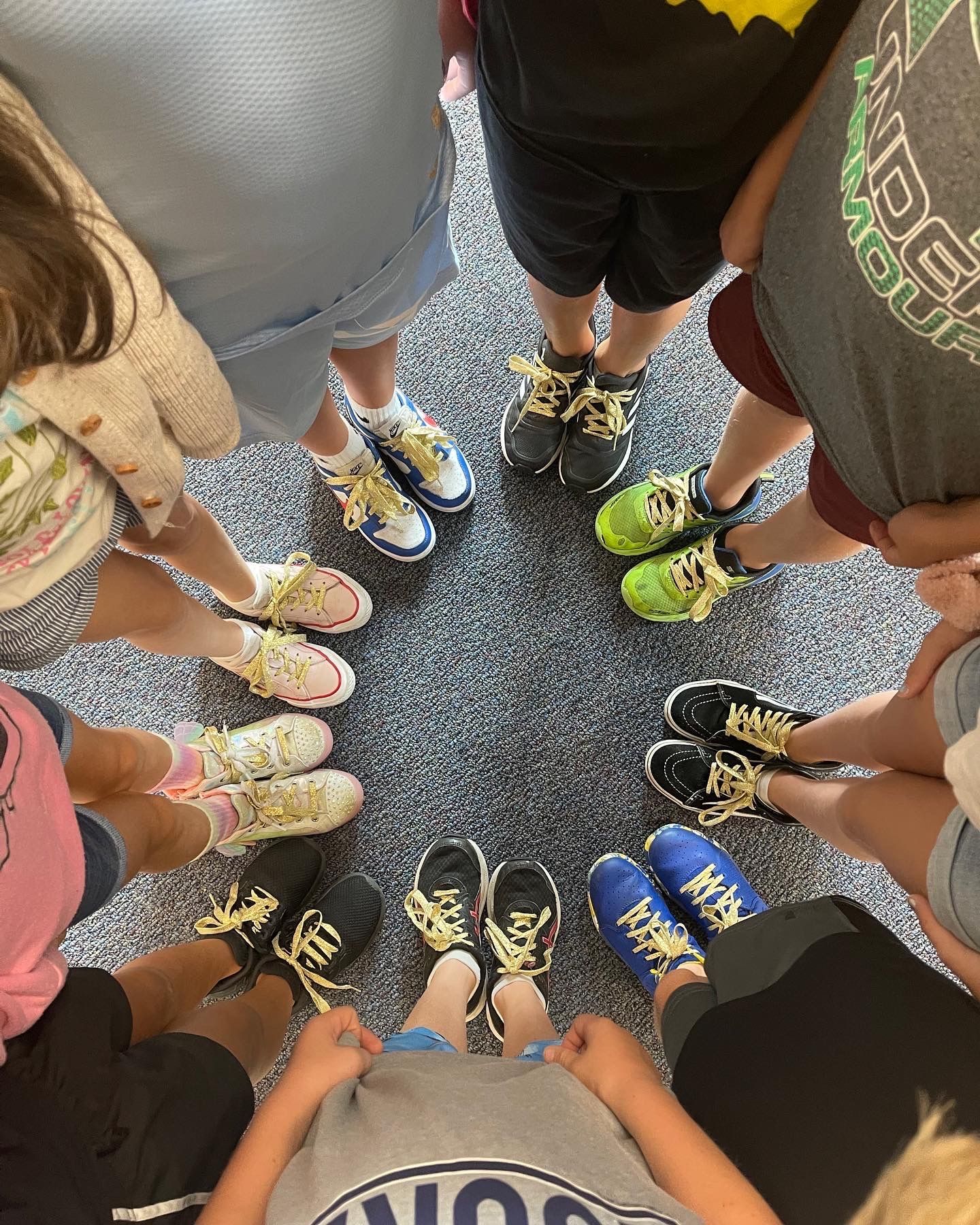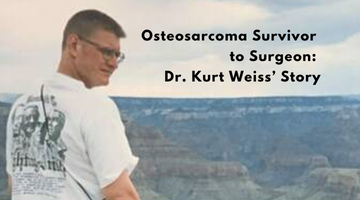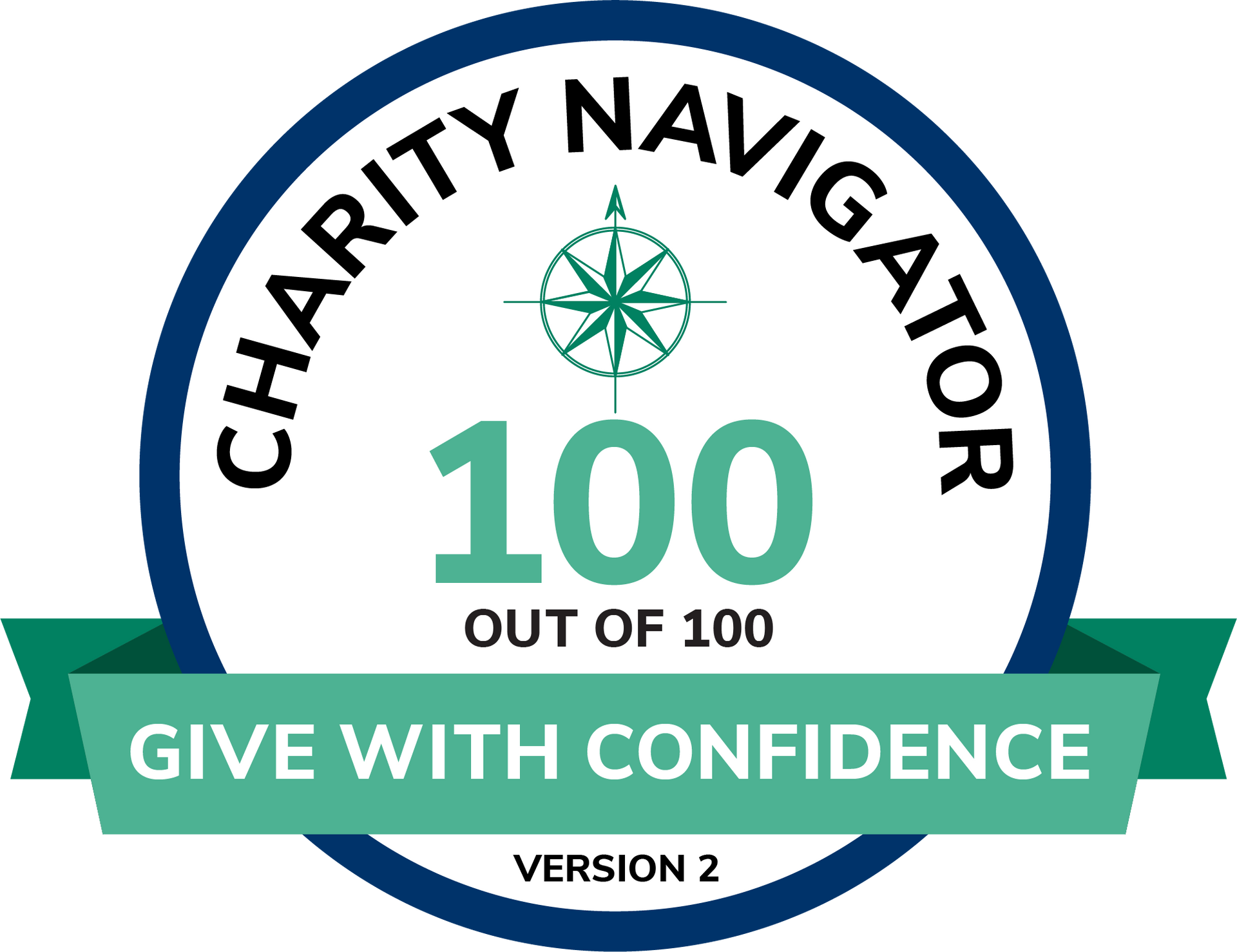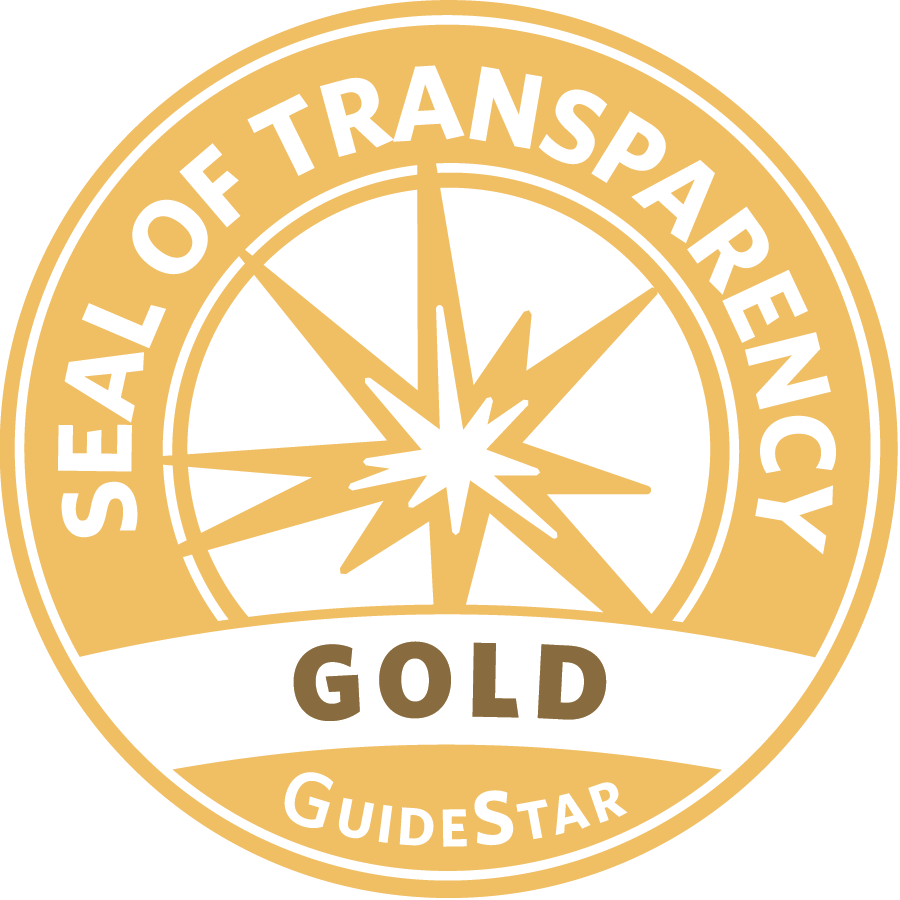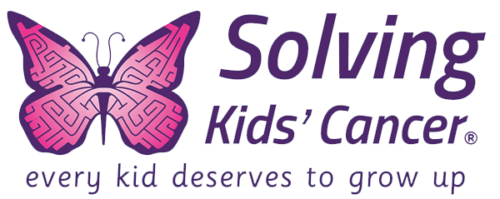
FOR IMMEDIATE RELEASE
NICE HEARS APPEAL ON REFUSAL OF CHILDREN’S CANCER TREATMENT
First Appeal Against NICE Decision Led by a Charity
September 30, 2016 – New York, NY: The National Institute for Health and Care Excellence (NICE) heard an appeal led by Solving Kids’ Cancer (SKC) against its recent decision to deny children in the UK treatment that is proven to significantly increase the chance of survival for children diagnosed with an aggressive childhood cancer, neuroblastoma.
This is the first appeal against a NICE decision made by a charity acting alone. Solving Kids’ Cancer, a nonprofit based in New York, teamed up with their partner organization in the UK to lodge an appeal in July 2016 when NICE first announced the decision to refuse funding this potentially life-saving drug in England and Wales. NICE accepted that the charity has valid grounds for appeal and the full hearing was held in Manchester on September 30.
The SKC team was made up of both US-based and UK-based parent representatives, all of whom have lost a child to neuroblastoma, and one parent whose daughter survived neuroblastoma as a result of the same treatment NICE is seeking to deny.
John Rogers, a scientist and the father of Stella who survived neuroblastoma after receiving this treatment in the US, said: “Dinutuximab, is the only treatment specifically developed to treat cancer in children and is the standard treatment in the US, Australia, and Canada. It has been tested since the mid-1980s and has been proven to significantly improve survival in these children over the long term. If NICE does not accept this appeal, children in the UK could only hope to access unproven treatments through clinical trials, which is unethical when there is an approved and effective drug available.”
“In 2009, we raised £250,000 to take our 2-year-old daughter, Stella, to the US for dinutuximab therapy. She is now a happy, healthy 8-year-old. Surely children in the UK have just as much right to this chance of survival as children in other parts of the world?”
Solving Kids’ Cancer has five representatives giving evidence, including expert life sciences regulatory lawyer and advocate, Grant Castle. Dr. Castle is a partner in the London office of Covington & Burling LLP, who has provided his services on a pro bono basis, and who presented the charity’s case at the hearing.
Speaking before the hearing, Steve Richards, CEO of Solving Kids’ Cancer UK, said:
“This is the first time that a charity has made a unilateral appeal against a NICE decision, but we cannot stand by and allow NICE to effectively condemn UK children diagnosed with this devastating illness to a reduced chance of survival. By their own assessment, NICE agrees that dinutuximab is a novel approach that saves the lives of some children and extends the lives of others. By sticking rigidly to very narrow appraisal criteria, NICE failed to account for any of the unique contexts, challenges, and considerations that exist within pediatric oncology. The cost of this treatment for the very small number of children in the UK who could benefit was projected by NICE at just £2m.”
“If this decision stands, parents will have to raise in excess of £500,000, as well as enormous reserves of emotional resilience and determination, to take their sick child abroad for the greater chance of survival dinutuximab therapy provides. We are committed to doing everything in our power to ensure that this flawed decision is reversed.”
ABOUT SOLVING KIDS’ CANCER
Solving Kids’ Cancer is dedicated to significantly improving survivorship of the deadliest childhood cancers. Since 2008, SKC has supported and managed 26 research projects, introducing 18 new treatment options, and validating 14 agents for further use in combination with other drugs. Solving Kids’ Cancer is a 501(c)(3) public charity.. To learn more about their work, visit solvingkidscancer.org
###
